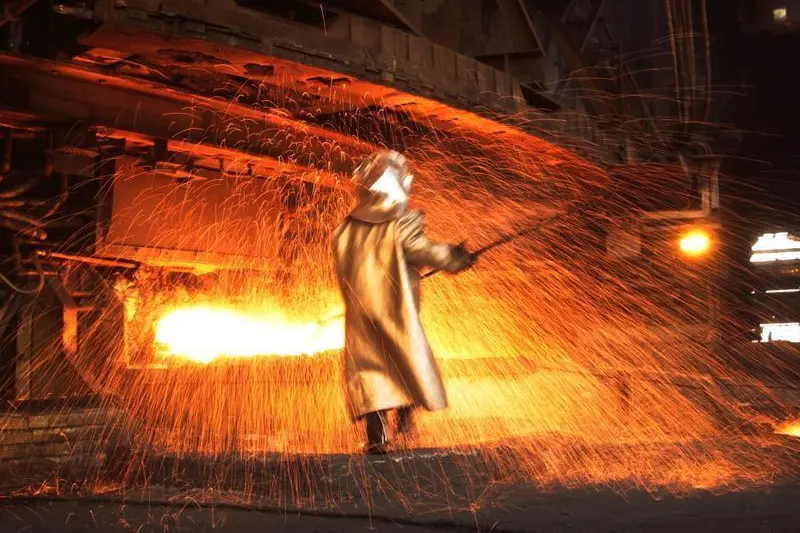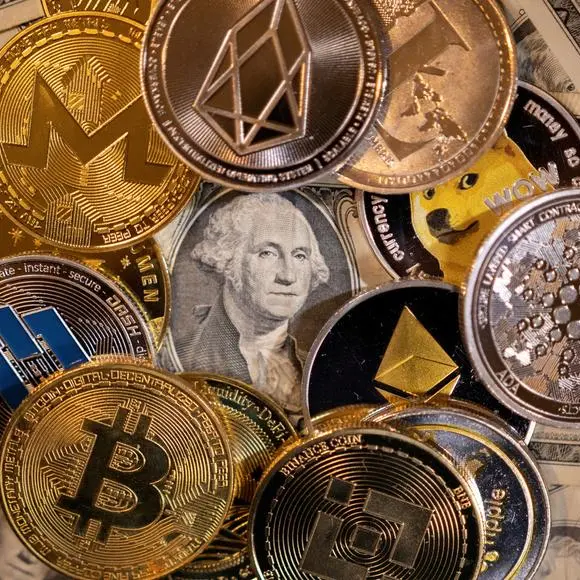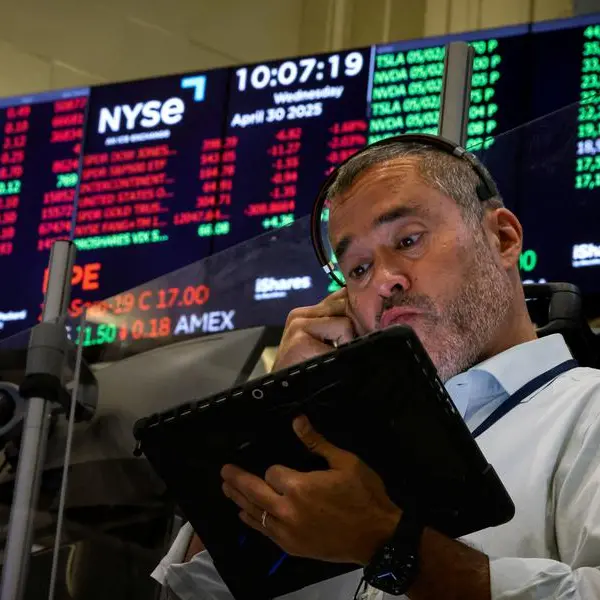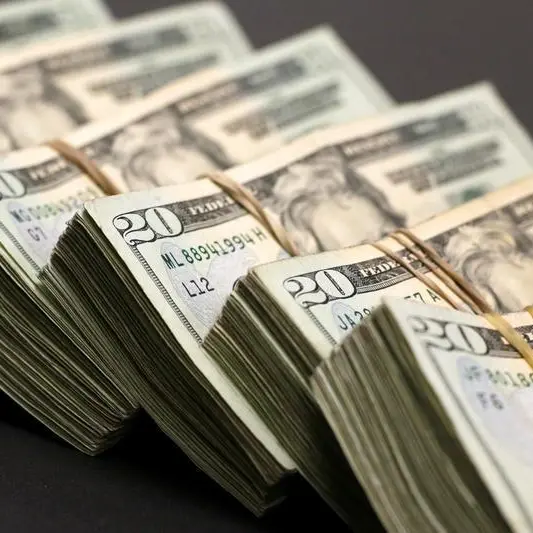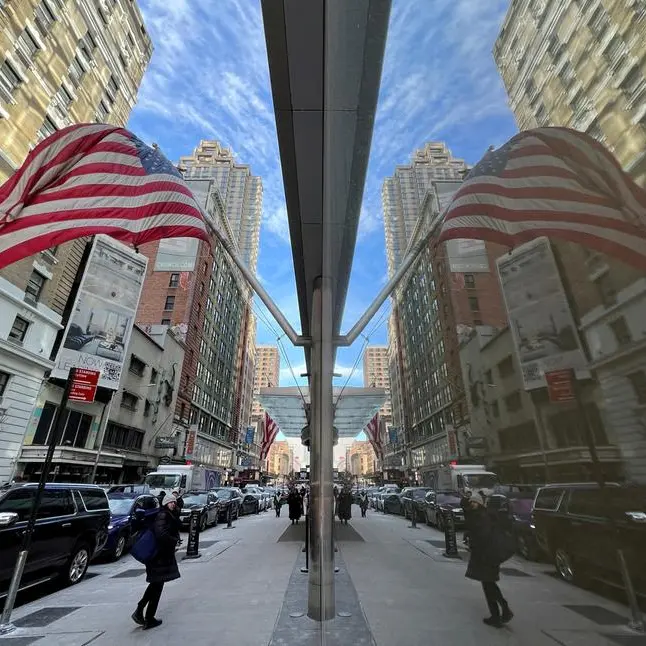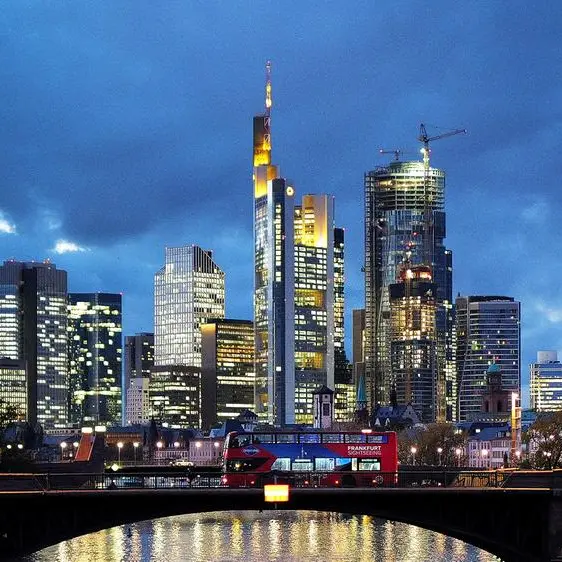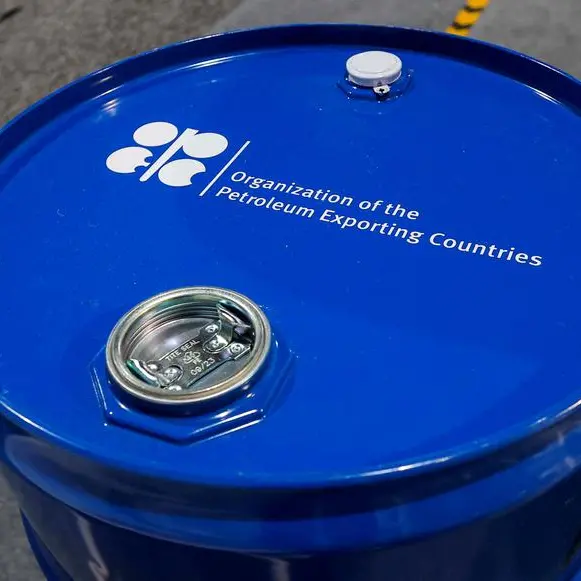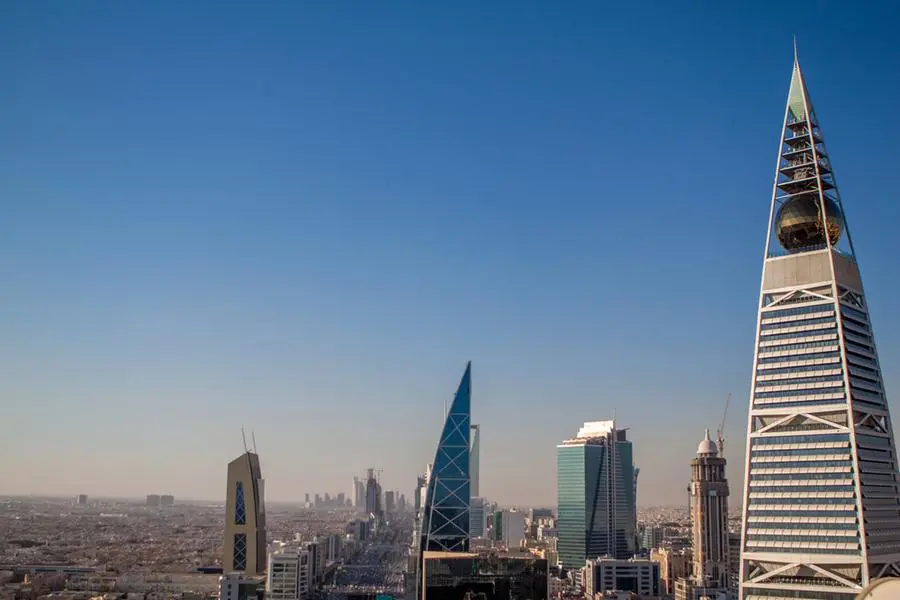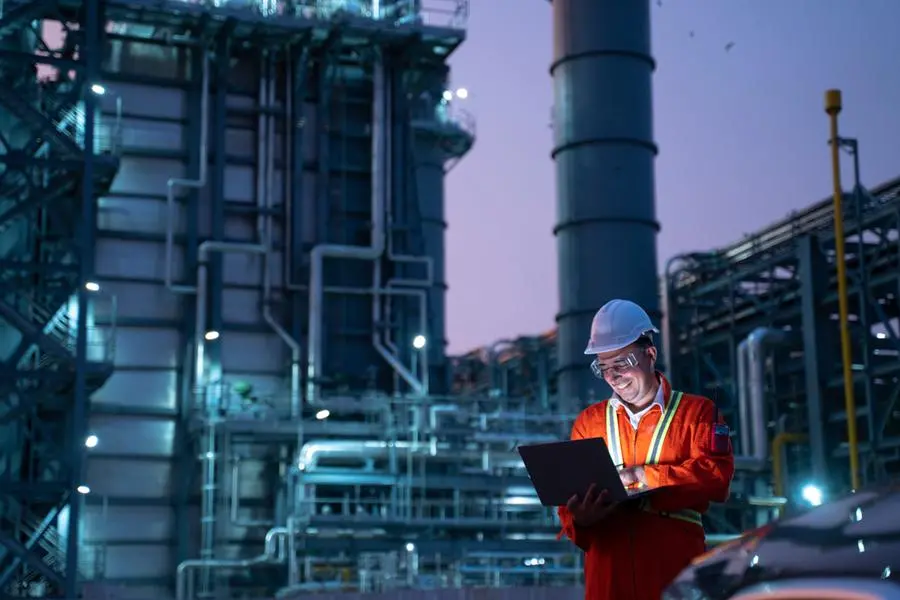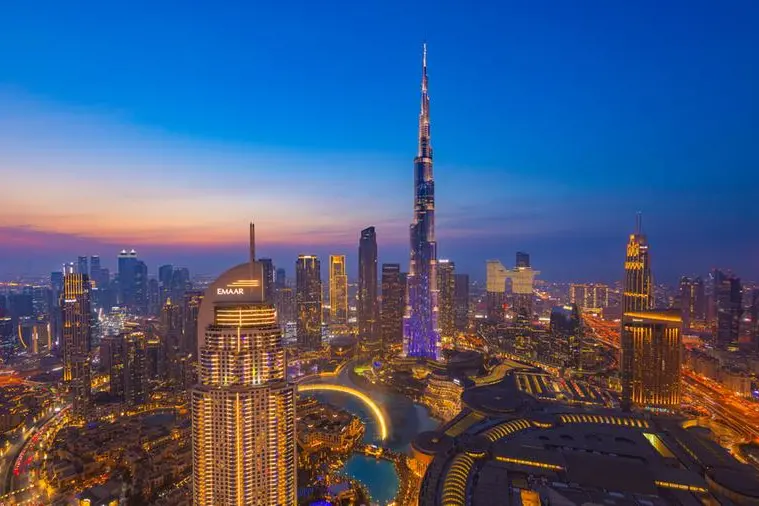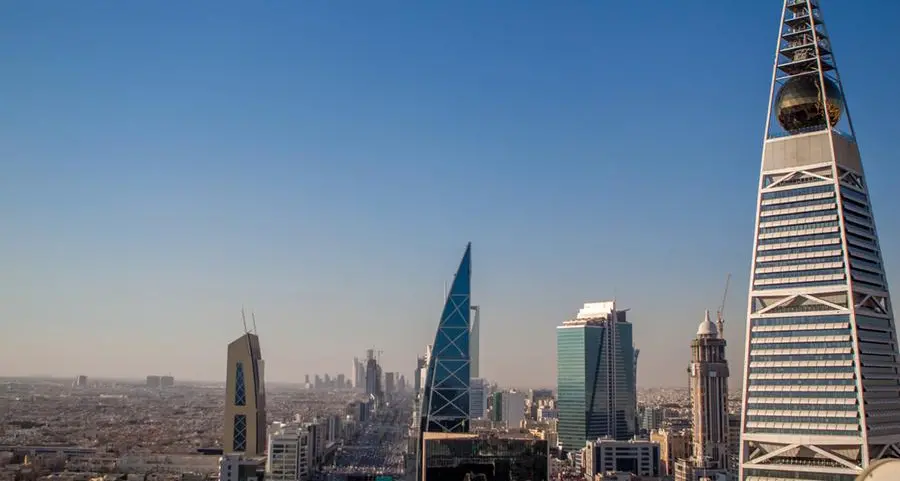PHOTO
Image used for illustrative purpose. A worker processes nickel at a nickel smelter of PT Vale Tbk, near Sorowako, Indonesia's Sulawesi island, January 8, 2014. REUTERS/Yusuf Ahmad Image used for illustrative purpose.
LONDON - BHP Group's ambition to create a green nickel hub in Western Australia is on hold after the world's largest listed miner announced the entire division will go on care and maintenance later this year.
The company has invested $3 billion since 2020 to turn Nickel West into a major supplier of nickel sulphate for use in electric vehicle (EV) batteries. A supply deal with Tesla Inc. was signed in 2021 for what BHP pronounced was "one of the most sustainable and lowest carbon emission" brands of nickel in the world.
Since then, low prices have trumped green credentials, a pattern seen in other battery metals, such as lithium and cobalt. Just about every Western producer will tell you metal produced to higher environmental and social standards should command a premium.
The problem is right now it does not, and defining green is part of the challenge.
DIRTY NICKEL
China is the determining factor in the West's battery metals dilemma. The country's investment in its own EV supply chain has led to global excess production and low prices.
Indonesia was the single largest recipient of China's Belt and Road Initiative last year, receiving $7.3 billion in investment, according to U.S. think-tank The Center for Strategic and International Studies (CSIS).
Much of that money has gone into developing Indonesia's huge nickel deposits. The country's production has leapt to more than 2 million metric tons from 600,000 in the space of five years.
Ten years ago the country had just two smelters. At the latest count there are 43 plants with another 28 under construction, according to CSIS. The expansion has had a heavy ecological and social cost. Environmental groups such as Mongabay have highlighted land rights violations, deforestation, pollution and poor work practices in the sector. Safety procedure violations are believed to have caused the fatal fire at a smelter last December that killed 21 workers.
Indonesia's nickel also has a high carbon footprint since much of the new processing capacity is powered by coal, often in the form of captive plants.
HOW GREEN IS YOUR NICKEL? Not every Indonesian nickel producer is a dirty producer. PT Vale, for example, has been operating in the country for 56 years and cites the pristine water of Lake Matano as an example of its stewardship of mine waste.
At the other end of the spectrum, the country's nickel output ticks all the wrong boxes for environmental, social and governance (ESG) standards.
The problem is compounded by a lack of transparency around many operations, particularly those that have sprung up in the Chinese nickel rush.
Benchmark Mineral Intelligence (BMI), which specialises in battery metals research and has just launched green price assessments, estimates less than a third of global nickel production comes from operators committed to ESG transparency.
Given that Indonesia accounts for over half of the world's production, many of its Chinese producers are clearly in that non-disclosure category.
This makes it all but impossible to determine how green the nickel is in an EV battery that has been manufactured in China or contains nickel sulphate from either China or Indonesia.
CARBON STARTER
BMI has identified 79 criteria by which to judge a company's ESG performance, from its carbon footprint to forest management.
Such is the spectrum of ESG non-compliance in Indonesia's nickel industry, it's hard to how to start defining what constitutes ethically sound metal.
"There is an absence of consensus around standards on what genuinely constitutes green material," according to Robin Martin, head of market development at the London Metal Exchange (LME), which has been lobbied by Western producers to launch a green nickel contract. There is too little nickel produced to transparently high ESG standards to form a liquidity base for a futures contract, Martin told last month's LME's Asia Metals Seminar.
The starting point should be carbon footprint, he said, because there are widely-accepted standards in determining emissions in the nickel sector.
The LME has partnered with German digital trading company Metalshub to offer a low-carbon nickel option on its platform.
After registering just four tons of low-carbon transactions in the prior three months, volumes jumped to 144 tons out of a total 1,847 tons transacted in May.
The idea is that if volumes build, it would facilitate the generation of a low-carbon nickel price index, which could ultimately be the basis of a futures contract.
But it will take time, which is one thing Western nickel producers do not have. Also it would not tell you whether your nickel has been extracted at the price of contaminated water or loss of tree cover.
SUPPLY-CHAIN TRANSPARENCY
Nickel is an ESG laggard among the battery metals because Indonesia's mining and processing capacity has grown so big so fast.
Cobalt, another battery input, has already been forced to embrace supply-chain transparency to assuage buyer concern that metal may have come from unregulated artisanal mining in the Democratic Republic of Congo.
One junior nickel miner, Talon Metals, is proposing to do the same with production from its planned Tamarack mine in Minnesota.
It has partnered with Circulor, already active in tracing material flows in the cobalt market, to ensure its nickel and carbon footprint can be tracked from mine to battery and eventual recycling.
That doesn't mean an automotive company will pay more for it, but it at least offers a clear choice between clean and uncertain provenance.
Car-makers should take note because if they are ultimately sourcing the nickel in their batteries from Indonesia, they risk reputational damage and being unprepared for government regulation. In 2027, the EU Battery Passport is coming. It will require detailed information on carbon footprint, environmental impact and full supply-chain transparency of inputs such as cobalt and nickel all the way back to the mine-site.
No passport, no entry to the European Union.
As Indonesian nickel supply continues to grow, crushing prices and forcing higher-standard operators out of business, automotive companies and their battery suppliers could be in for a rude awakening.
If they are not yet prepared to pay a premium for ethically sourced metal, they should at least ensure they can identify what is not clean, green nickel.
The opinions expressed here are those of the author, a columnist for Reuters.
(Editing by Barbara Lewis)
